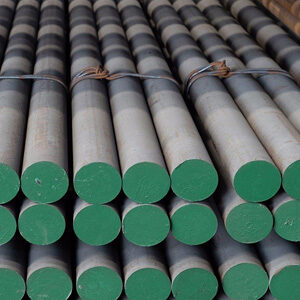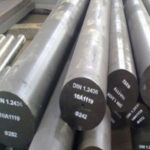Welding hot work tool steel presents a unique set of challenges and demands a deep understanding of both the material and the welding processes involved. As a cornerstone in various high-temperature applications, hot work tool steel requires precise welding techniques to maintain its properties and integrity. In this comprehensive guide, we will delve into the world of welding hot work tool steel, exploring the challenges welders face and the innovative solutions available.
1. Introduction to Welding Sıcak İş Takım Çeliği
1.1 The Importance of Sıcak İş Takım Çeliği
Hot work tool steel plays a pivotal role in industries that rely on high-temperature processes, such as forging, die casting, and extrusion. Welding these materials is essential for repairing and maintaining critical components and molds.
1.2 The Complexity of Welding
Welding sıcak iş takım çeliği presents unique challenges due to the material’s properties and the extreme conditions it operates in. Achieving successful welds requires a deep understanding of the material and precise welding techniques.
2. Properties of Hot Work Tool Steel
2.1 Heat Resistance
Hot work tool steel exhibits exceptional heat resistance, allowing it to maintain its integrity at temperatures that would compromise other materials.
2.2 Wear Resistance
The material’s wear resistance is crucial in applications subjected to friction and abrasion. Hot work tool steel can withstand these forces, ensuring longevity.
2.3 Toughness
Toughness is the ability to absorb energy without fracturing. It ensures that hot work tool steel can endure mechanical shocks and impacts.
2.4 Dimensional Stability
Hot work tool steel maintains its shape and size even at high temperatures, critical for precision in various industrial processes.
3. Challenges in Welding Hot Work Tool Steel
3.1 High Operating Temperatures
Welding hot work tool steel involves working at elevated temperatures, which can affect the material’s properties if not controlled properly.
3.2 Material Compatibility
Ensuring that the filler material and the base hot work tool steel are compatible is crucial to avoid issues like cracking and reduced weld quality.
3.3 Heat-Affected Zone Concerns
The heat-affected zone (HAZ) can experience changes in hardness and microstructure during welding, affecting the material’s properties.
3.4 Post-Weld Heat Treatment
Post-weld heat treatment is often necessary to restore the material’s properties, but it must be carefully controlled to avoid over-treatment.
4. Solutions and Best Practices
4.1 Proper Pre-Weld Preparation
Thorough cleaning and pre-heating of the base material can minimize potential issues during welding.
4.2 Controlled Welding Parameters
Precise control of welding parameters, such as temperature, heat input, and welding speed, is essential to maintain the material’s properties.
4.3 Selection of Filler Materials
Choosing the right filler materials with properties compatible with hot work tool steel is crucial for weld quality.
4.4 Post-Weld Heat Treatment
Applying controlled post-weld heat treatment processes can restore the material’s properties and relieve residual stresses.

